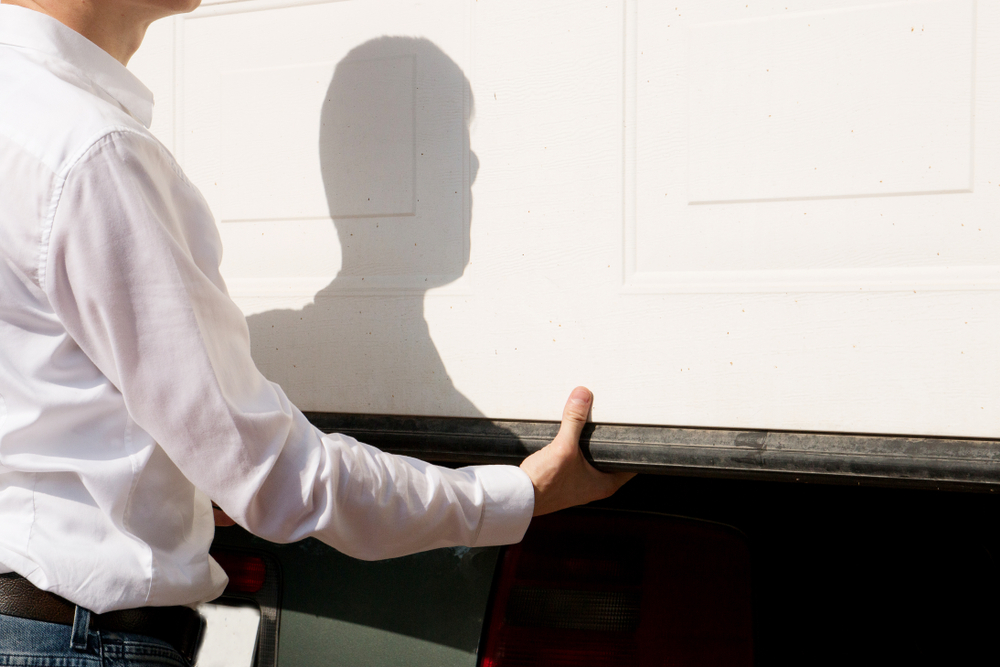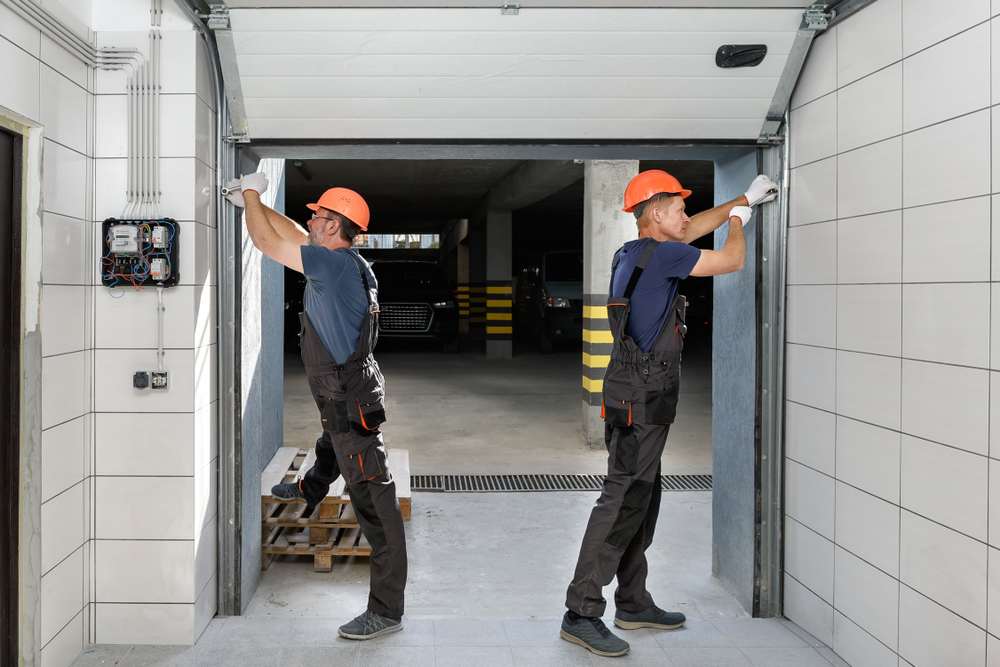How Do the Pros in Garage Door Repair in South Beach Fix a Dented Garage Door?
The garage door system is one of the most complicated systems in a home. If there is a defect in the design, it can pose great of a threat to your property. Sometimes the garage door may become defective due to various factors. For instance, oceans’ salty water corrodes metal parts of properties near beaches. Molding in a place that does not receive enough light also causes havoc. Cities like Los Angeles have companies that specialize in garage door repairs. You can also hire experts for garage door repair in South Beach. Only experts know the proper steps to fix the garage doors to avoid more defects. Discussed are steps they use to fix the most significant openings in our homes.
Assess the Nature of the Damage
Only a few parts on a garage door can move. Yet, a minor defect can bring distress to you and your family. When a pro is fixing your garage door, they have to access what is causing the fault. Furthermore, it is impossible to fix what you don’t know.
There are garage doors that swing up in one piece or roll-up. Regardless of how they move, they operate on spring tension. With the help of the spring, the door slides along metal rails on the walls. Repairs are usually pretty straightforward in most circumstances when the door does not work. Here are some essential tips that help determine the problem and fix it.
Take a look at the brackets that secure the tracks to the walls. Tighten the brackets’ bolts or screws if they’re loose. Close the garage door to examine for crimps, dents, or flat places. Hammer any damaged areas out with a rubber mallet or a hammer and a scrap piece of wood. You should replace the tracks if they are too damaged.
When checking for alignment, check the horizontal and vertical tracks. Flat tracks should be a bit slanting towards the back of the garage. At the same time, vertical tracks for roll-up doors should be plumb.
The two tracks should be the same height as the garage wall. If the tracks are out of alignment, unscrew and hammer the tracks into place with caution. The screws or bolts that hold the mounting bracket in place should not be removed. Double-check the alignment with the level.
To remove dirt and solidified grease, use a concentrated home cleanser. Clean the rollers well, then dry both the tracks and the rollers.
The garage door might not be working as expected because of loose parts. Plates that hold the spring might be loose for the swinging up doors. The hinges that contain pieces of a roll-up door might be loose too. For both cases, tighten up the screws and hinges. If damages are too intense, you should replace the parts altogether.
Sometimes the garage opener might be too damaged for repair. When that happens, you need a replacement. Hire an experienced company that offers garage repairs to replace the door.
How Experts Who Offer Garage Door Repair in South Beach Change Door Openers
A rotating engine drives a rail along a track above the garage door in a typical garage door opener. An attached drawbar to the carriage is used to move the door between its open and closed positions. Stopping the door movement at both places is by the use of a travel limiting device. A reversing switch is also available for changing the direction of the drive. For modern garage door openers, you can send open the door by sending signals using a radio receiver from your car.
Locate where to place the opener. The garage door is evenly balanced when the Opener is at the center of the door. Use a tape measure to measure the length of the door. Half the distance is the center.
Observe the door movement. The Opener’s mounting position should be that the rail is higher than the height of the door’s movement. To ensure it’s in the correct position, Raise and lower the door while keeping an eye on its highest point of travel.
Take Note of the space directly above the garage door. There is a support that is adequate for attaching the Opener at the top of the garage door. Install a front mounting board if your garage lacks a structural element in that area. Over your mark of highest door travel, secure a sizeable board with lag screws through two wall studs. Transfer your high-point spot to this board, and also extend the vertical door centerline.
Follow the kit instructions to attach the rail to the motor unit on the garage floor. Lift and secure the top end of the rail to the front installation board. This should be about two inches above the intersecting markings you created. The markings are at the door’s highest point and center point, with the garage door, lowered.
Fasten the mounting board to the rail plate provided with lag screws. But, if you have bolts and nuts, you must drill appropriate holes on the front mounting plank. Use washers under the bolt heads to prevent the bolts from pressing into the wood.
You should then raise the motor assembly till the rail is parallel and horizontal to the door track. Use your hands to raise and lower the garage door while holding the motor assembly in this position. Use metal brackets to secure the garage rafters.
Connect the Drawbar to the Rail Carriage. Drill holes in the garage door where the drawbar mounting screws will go when the door is closed. You then insert and tighten the attachment hardware that secures the drawbar to the door.
The last step after installing the garage door opener is to make sure the door works as expected. Check the bolts, the movement of the door, and the movement of the door. Install the manual push-button and radio receiver. You can also add a key switch as an option. If any of the parts are not installed properly, make necessary adjustments.
Connect the drive assembly cord to an extension cord, then insert the extension cord into a plug. Using the manual push-button, start the garage door. You should test if the door is working well more times while observing every part. With the knowledge you have gained above, you can tell what part of the garage door is defective.
It is advisable to hire qualified experts for the repairs of your garage door. This is to avoid extra damage you might cause trying to DIY your way in life. If the work done is satisfactory, you are good to go.











